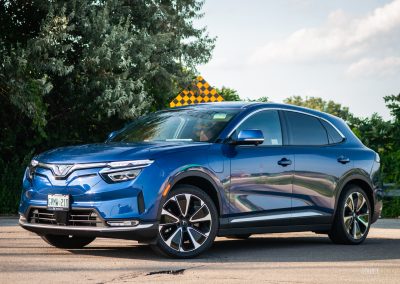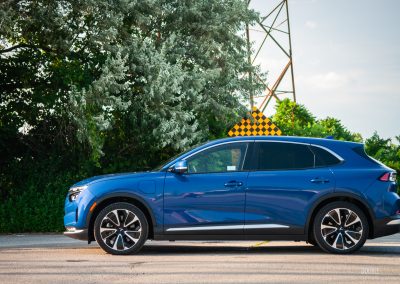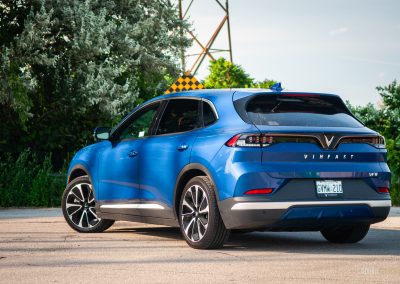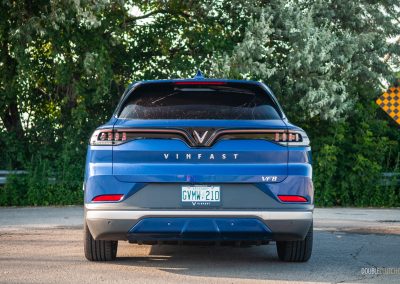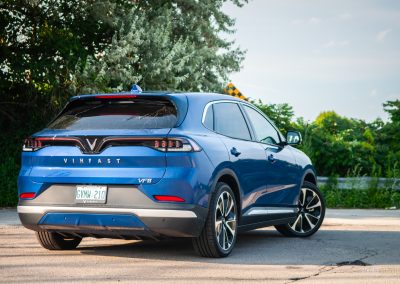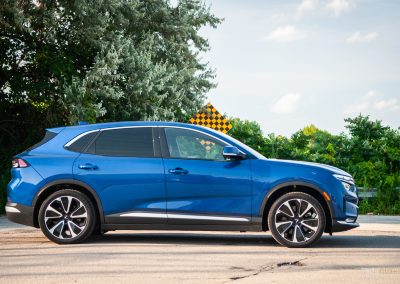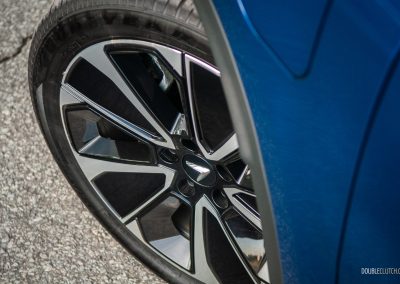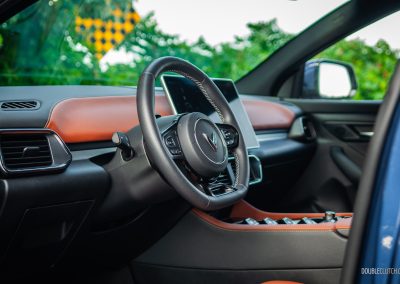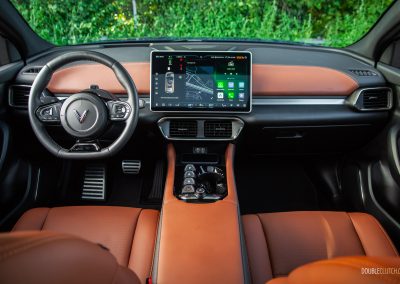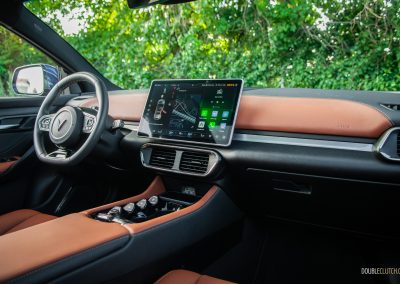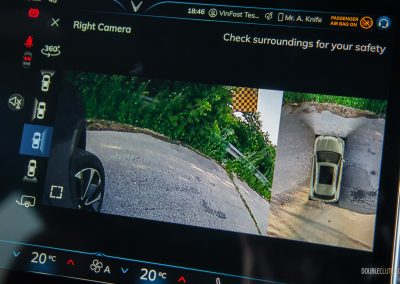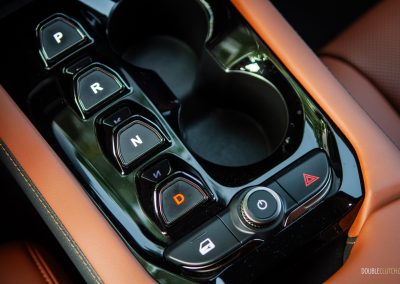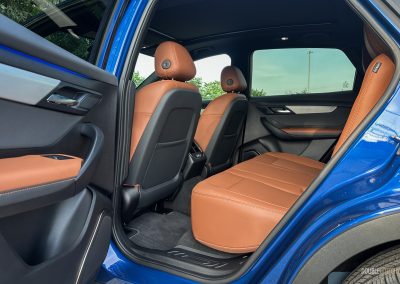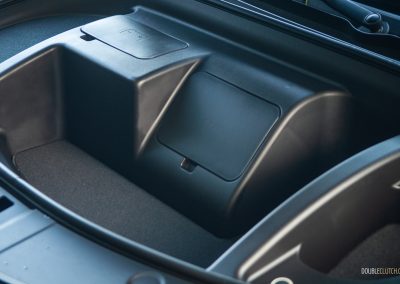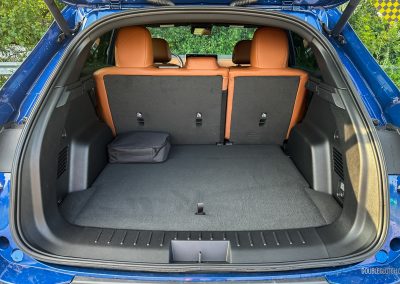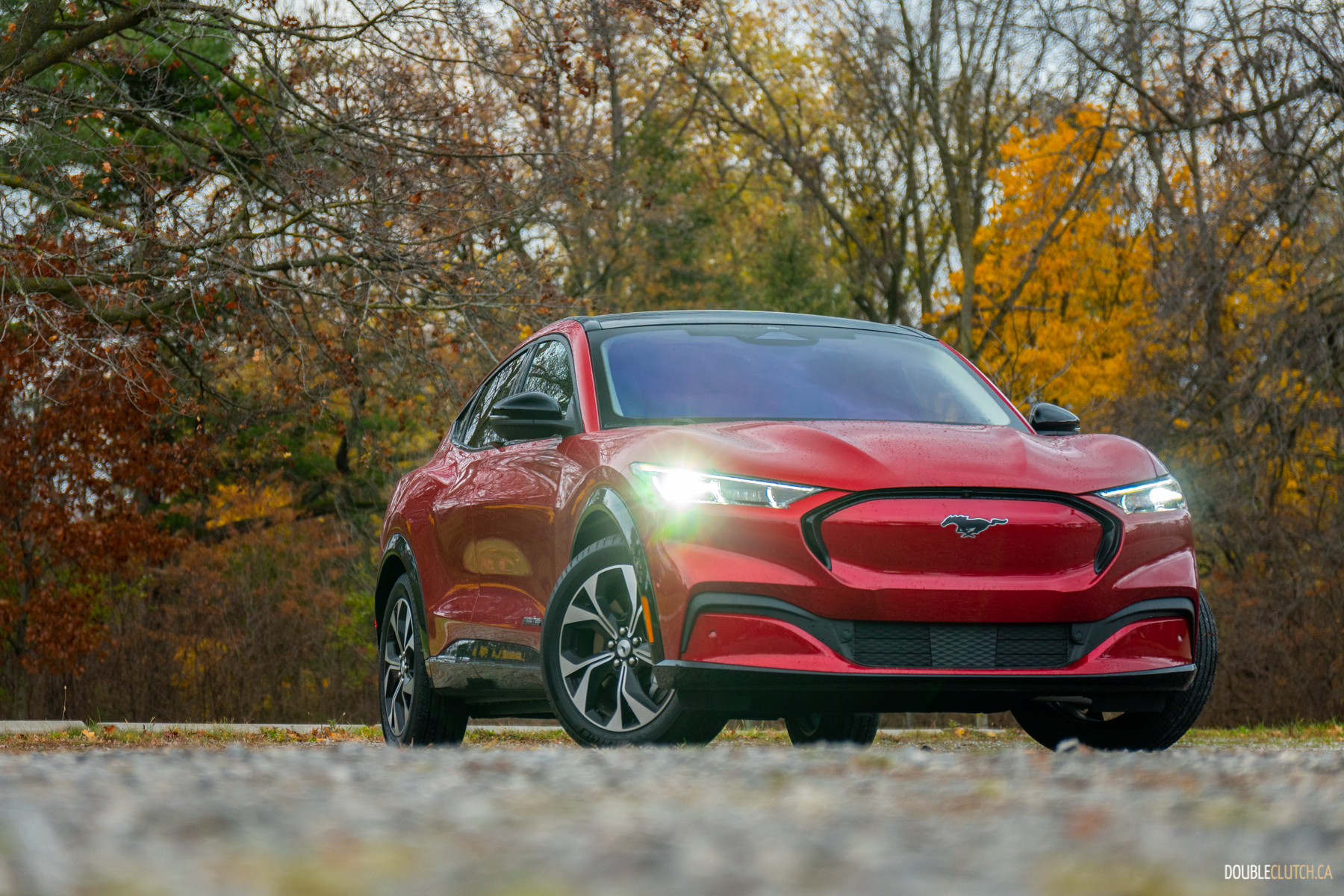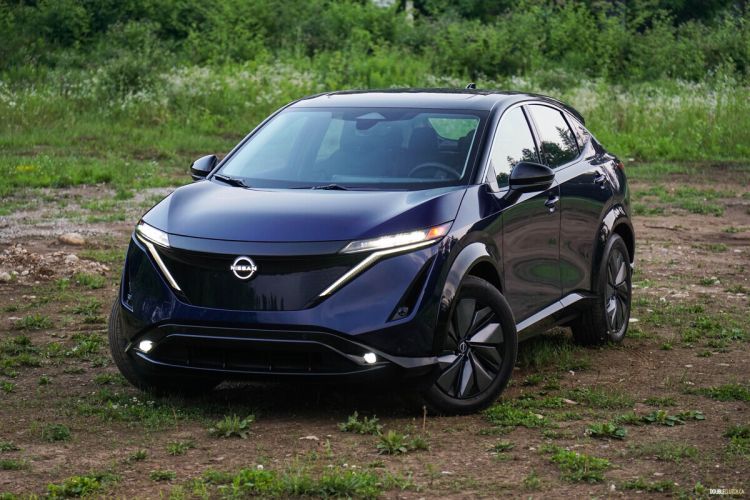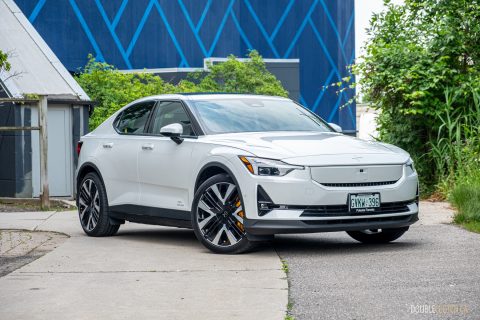I’m about to make the boldest and perhaps most daring claim to ever grace the virtual pages of DoubleClutch.ca Magazine: the 2024 Vinfast VF8 is … actually fine.
Here’s something you probably didn’t know: the VF8 actually isn’t Vinfast’s first shot at building cars. The Vietnamese startup — I use that term very loosely; Vingroup, its parent company, is massive back home — started in 2018 with heavily restyled versions of the Chevy Spark and a couple of BMWs. But like everyone else, it’s moving on from internal combustion engines, so a couple of years ago, Vinfast made a very big deal about its first new-from-the-ground-up EV. And this time, it was going to cross the Pacific. What could possibly go wrong?

Turns out, building your own car is hard. It’s no secret Vinfast was almost universally panned for rushing out a half-finished product, but here we are, two years after the VF8 was officially announced, and a year following its less-than-smooth launch. Vinfast says they’ve worked out many of the kinks; considering how many of these we’ve been seeing on the road — anecdotally at least; VF8s are surprisingly common around our neck of the woods — it’s about time we see if they’ve made good on their claims.
The VF8 makes a good first impression. It’s styled by Pininfarina — yes, that Pininfarina — so I wouldn’t call it ugly. The VF8 trades the needlessly edgy, it’s-futuristic-because-we-said-so styling baked into almost every other EV out there in favour of a cleaner, more conventionally handsome look. I can see why some might call it plain, but at the same time, a Hyundai Ioniq 5 isn’t everyone’s cup of tea, either.

Inside, the VF8 continues the conventionally handsome ethos, with the only concession to unnecessary-EV-futurism being the central touchscreen controlling everything a la Tesla — but I’ll get to that in a sec. Climb into the VF8 and it looks and feels remarkably normal; the two-tone black-on-brown colourway is classy, the standard panoramic sunroof makes the cabin feel airy and actually opens wide, and there’s generous headroom and legroom no matter where you sit. Cargo space punches in at 373 litres with the seats up — tight for a crossover — but expands to 1,370 L with all seats stowed. That’s roomier than the Volvo XC40 Recharge and Kia EV6, but the Ford Mustang Mach-E, Tesla Model Y, and Ioniq 5 all offer more cargo space.
The VF8 comes in two trim levels: Eco and Plus. Both use a dual-motor setup with an 87.7 kWh battery pack, meaning all-wheel-drive is standard. Total output punches in at 349 horsepower and 369 pound-feet of torque, while our Plus tester was equipped with the Power package, bumping the numbers to a meaty 402 hp and 457 lb-ft of torque. Vinfast quotes 391 kilometres of range as equipped, but if you want the most, stick with the base Eco and its estimated 425 kilometres.

It’s not until you get moving that the VF8’s first impressions somewhat unravel. It rides well enough, but there’s more road noise than its more established mainstream rivals. You might pick up on some subtle annoyances, too, like a resonance coming from somewhere in the back at highway speeds, over anything but glass-smooth pavement. And although the VF8 feels zippy with the Power pack, it’s let down by awkward throttle calibration; regardless of the drive mode you’ve selected, there’s a not-so-brief delay on tip-in. It feels weird to say this about an EV pushing 400 horsepower, but you’ll need to plan your moves accordingly.
More annoying is the VF8’s tendency to roll back on an incline. Like almost any other modern car, the VF8 holds the brakes when you’re “in gear” and your foot’s off the pedals, but because of the laggy throttle, you’ll roll back despite your right foot feathering the skinny pedal. Activating the VF8’s “creep” mode alleviates this, but it’s inconsistent. It’ll still roll back more often than not, resulting in more than a few close calls with my garage door.

On range and charging, the VF8 compares favourably on paper, but your real-world experience might differ. Along with its near-400 kilometres of range — not class-leading, but competitive and plenty for most buyers — the VF8 does a zero-to-full charge in about nine hours on a Level 2 charger. Plug into a Level 3 fast-charger, and Vinfast says that should give you a 10-to-70 per cent charge in about 25 minutes.
That’s all fine and dandy, but as we all know, relying on public charging infrastructure is a crapshoot more often than not. The best I managed was a two-hour charge from empty to full at a Level 3 “fast charger” that couldn’t do better than 50 kW, though this is hardly the VF8’s fault. But I can’t shake the feeling that Vinfast’s range estimates are perhaps a bit too optimistic. Despite our evaluation taking place in summer — read: the “ideal conditions” most car companies benchmark for estimating range — I just couldn’t squeeze out more than 300 km on a full charge despite pussyfooting around town. It’s not uncommon to see this much of a disparity among other EVs between quoted and real-world range … in winter.

Tech-wise, Vinfast ticks all the boxes. All VF8s come standard with the full suite of driver and active safety assists you’d expect today — kudos to Vinfast for recognizing that — but their execution and integration could be better. The lane-keep assist nudges the steering wheel when it doesn’t need to, especially in direct sunlight or during rainfall at night. The driver monitoring system is as overzealous as a helicopter parent, and turns itself back on despite a recent software update from Vinfast — following customer feedback, no less — wherein once you turn it off, it stays off. Furthermore, the feeds from the VF8’s 360-degree camera system lack clarity and smoothness especially at night, and the infotainment interface looks busy. There’s a lot of information to take in, plus the heavy-handed use of colour and cartoonish icons make the interface look aftermarket.
Look, the 2024 Vinfast VF8 is far from perfect, but you know what? Building cars is hard — doubly so for a newcomer like Vinfast. The VF8 still has its fair share of kinks to work out, but most seem resolvable over a software update; more importantly, the VF8 has good bones. If you’re an early adopter willing to put up with said kinks, we don’t blame you: the VF8 is a perfectly fine commuter that’s quick, handsome inside and out, and perhaps a little more interesting than the usual suspects in this segment. And if the VF8 piqued your interest but you’d rather wait for a more thorough mid-life refresh, well, we don’t blame you for that, either.

